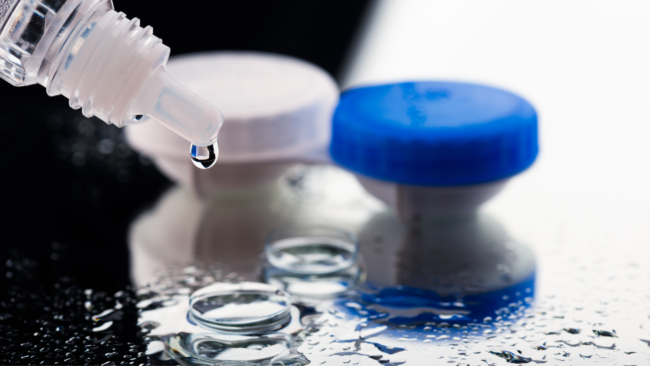Overview of Device Regulation
Classification of Medical Devices How to determine classification
Product Classification Database of medical devices with associated classifications
General Controls for Medical Devices
Investigational Device Exemption (IDE)
Premarket Approval (PMA)
PMA Application Methods Traditional PMA, Modular PMA, Product Development Process
PMA Guidance Documents
510(k) Submissions Programs Traditional 510(k), Special 510(k), Abbreviated 510(k)
The 510(k) Program: Evaluating Substantial Equivalence in Premarket Notifications [510(k)]
De Novo Classification Request
Humanitarian Use Device (HUD)
Expanded Access Compassionate Use
Emergency Use Authorization (EUA)
Breakthrough Devices Program Expedited Pathway
Safer Technologies Program (SteP) for Medical Devices For devices intended to treat or diagnose diseases or non-life-threatening or reasonably reversible conditions; and are not eligible for the Breakthrough Devices Program

Biomedical companies must comply with the FDA’s regulatory requirements in order to sell and market medical products in the U.S. For medical devices, regulatory controls increase based on the device classification they receive. The FDA’s risk-based classification system has three levels: Class I (lowest risk), Class II (moderate risk), and Class III (highest risk). Products, such as Class III devices, that require marketing applications must provide substantial evidence of the investigational medical product’s safety and efficacy through clinical trials and other studies. Keep in mind that marketing applications differ from the applications needed to conduct clinical trials in human participants. An Investigational Device Exemption (IDE) application is required before initiating medical device clinical trials.
The FDA also has expedited regulatory pathways to accelerate the availability of treatments to the public. They have developed several approaches to speed up the approval process of certain medical products to address urgent public health needs, especially treatments for serious diseases. These include Breakthrough Devices Program and Safer Technologies Program (SteP) for Medical Devices. Additional designations include Humanitarian Use Device for rare diseases and De Novo for devices that have never been marketed in the US but have reasonably understood technology and safety profiles. During emergencies such as the COVID-19 pandemic, the FDA can grant an Emergency Use Authorization (EUA).
Resources
Click each title below to reveal the resources
Go to Resources for this page